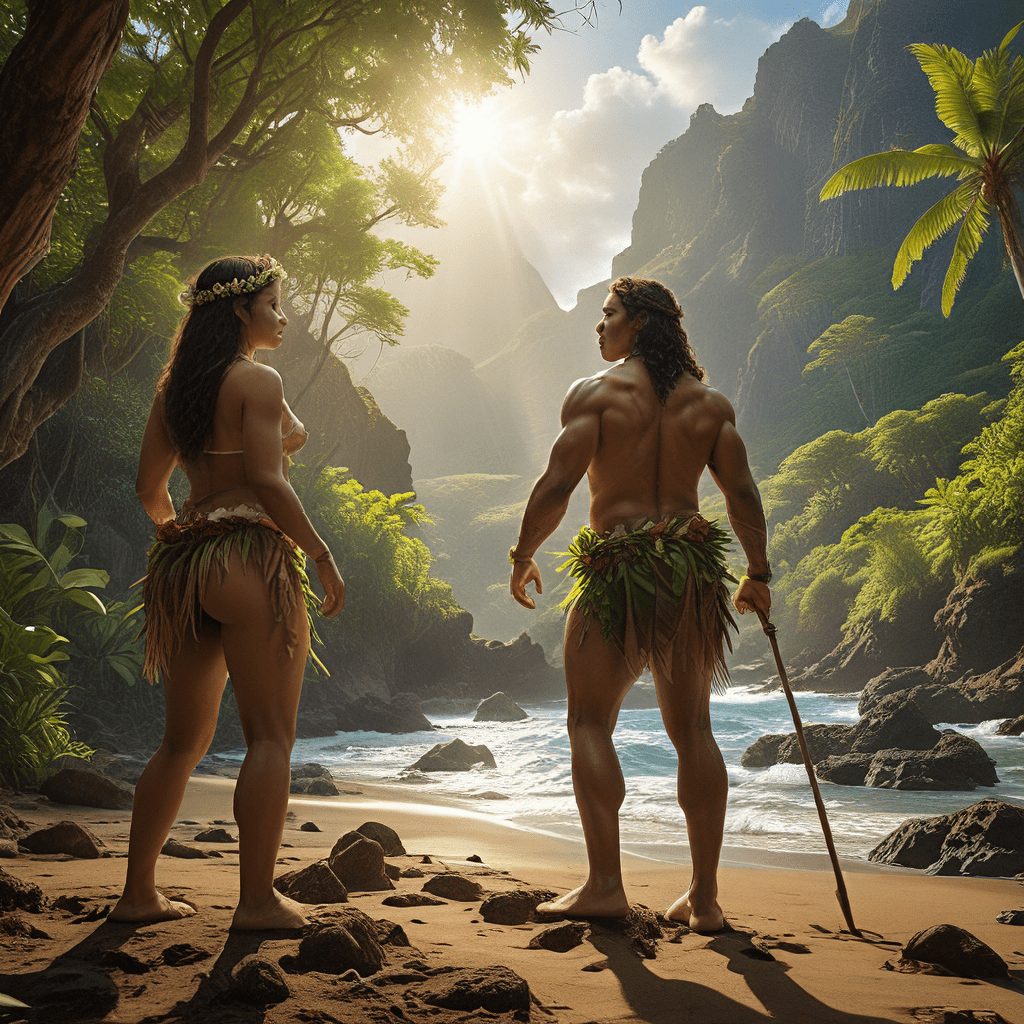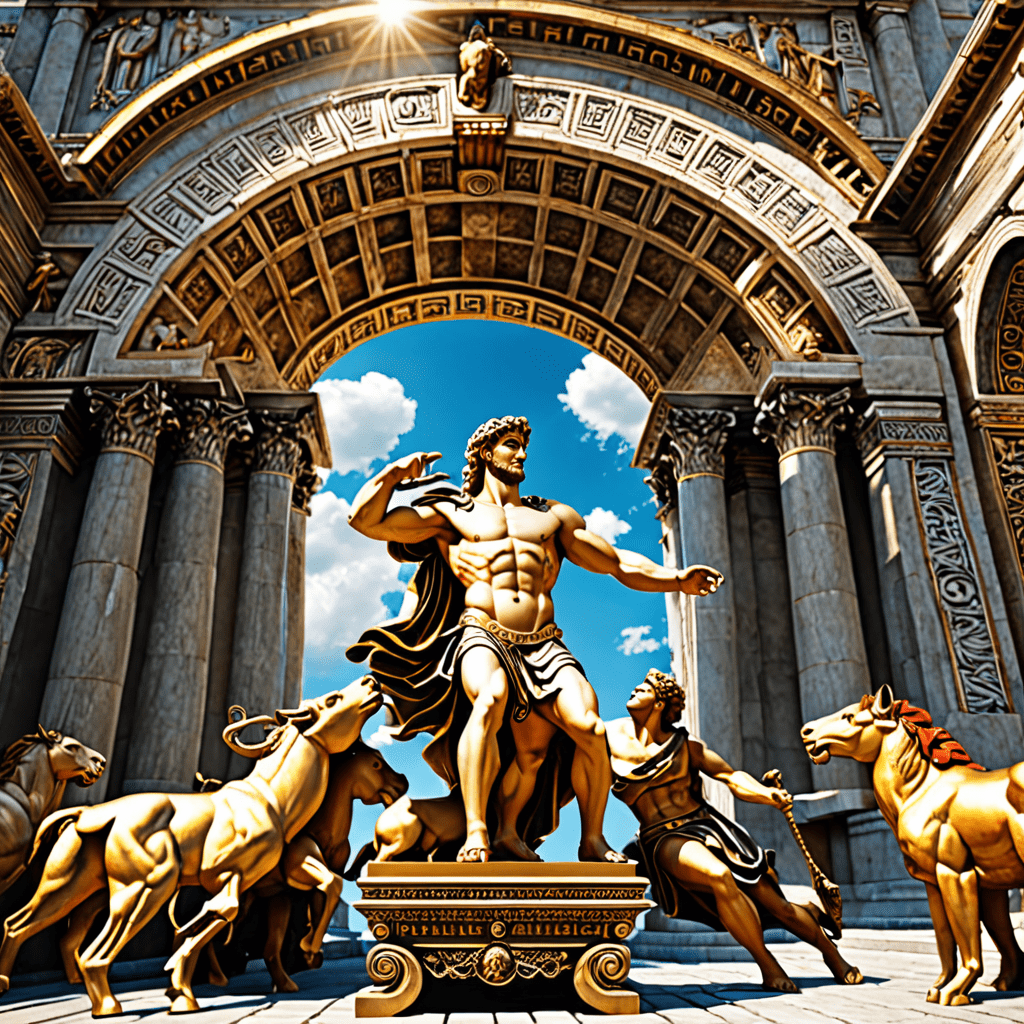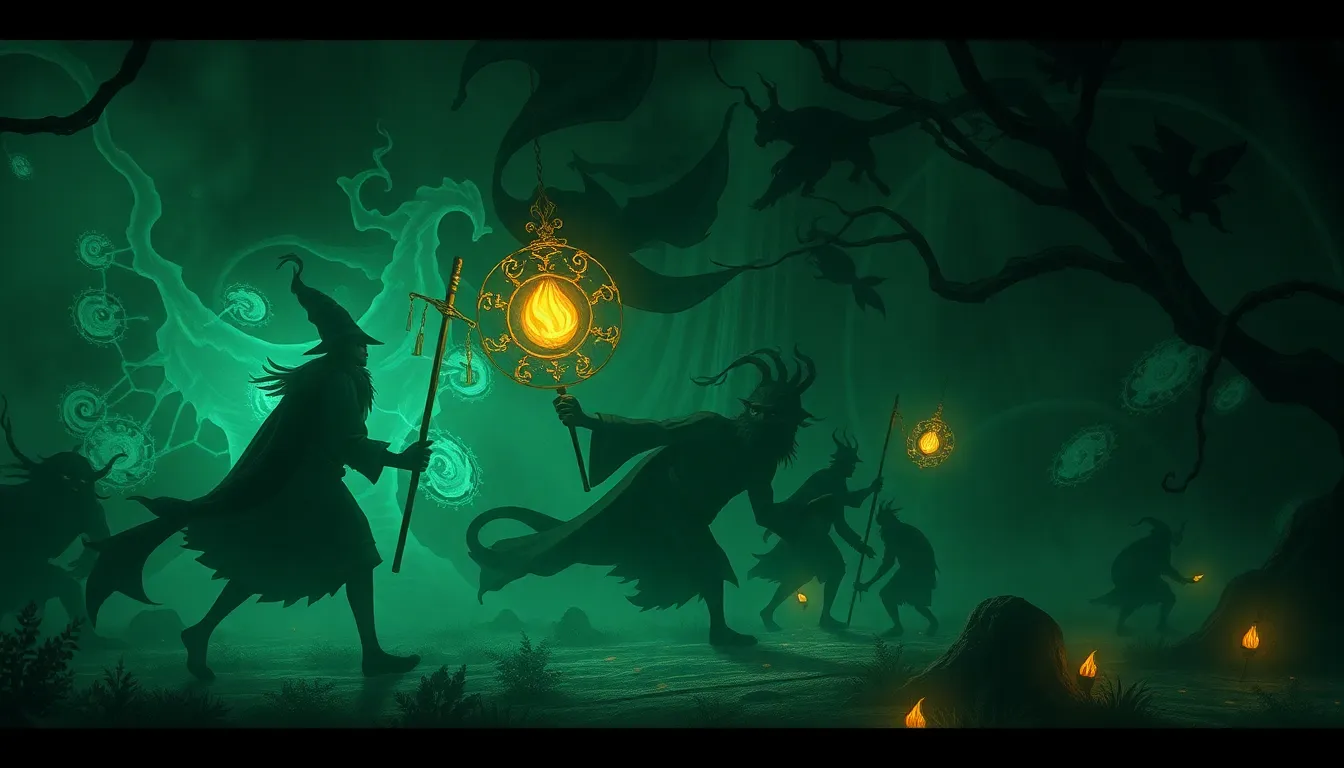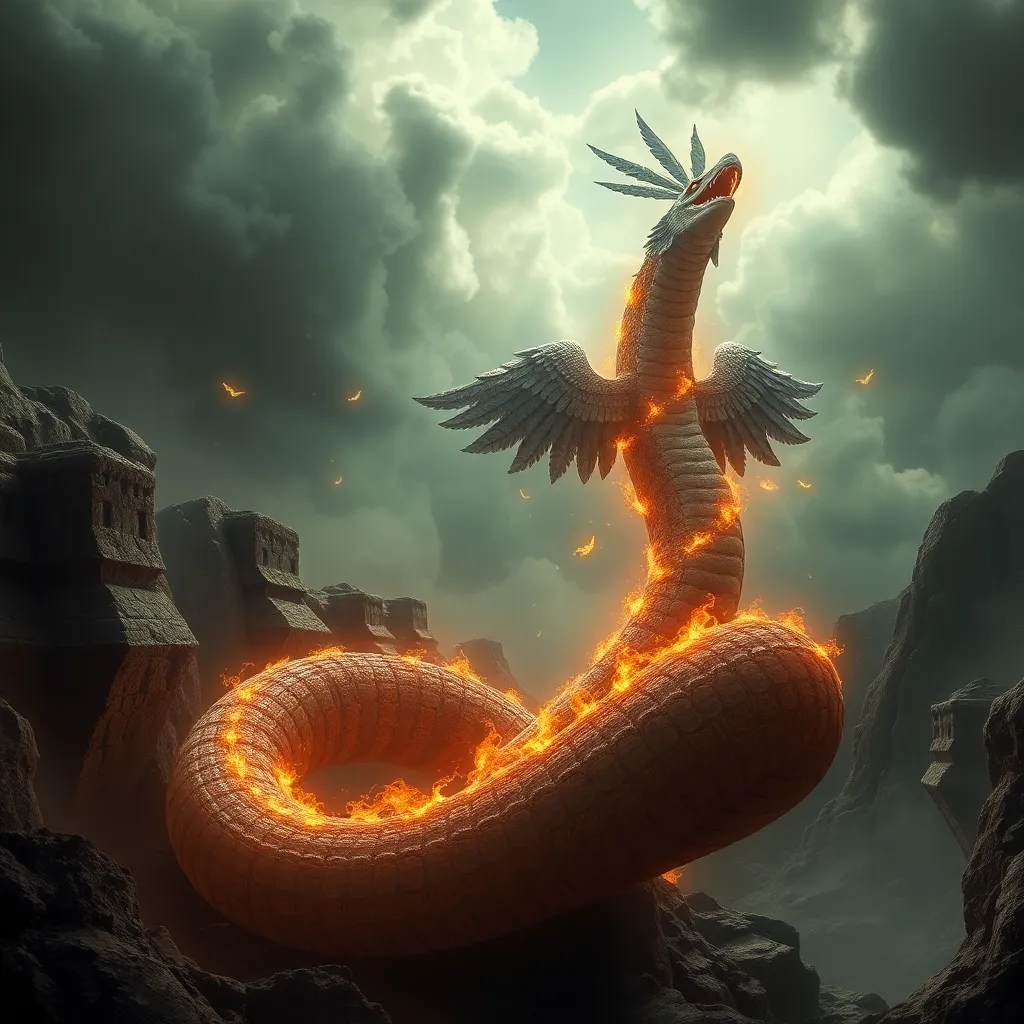Hawaiian Mythology: How Humans and the Land Are Intertwined
The Hawaiian Islands are a place of stunning beauty and immense cultural significance. At the heart of Hawaiian culture lies a deep connection between humans and the land, a connection deeply woven into their mythology and traditions. This connection is not simply a spiritual one; it is a practical and necessary relationship that shapes the very way Hawaiians live and interact with their environment. Hawaiian mythology teaches us about the origins of the islands, the divine forces that govern them, and the profound responsibility humans have to care for the land.
The Origin of the Islands: A Volcanic Birth
In Hawaiian mythology, the islands themselves are understood to be a gift from the gods. The story of the creation centers around the demi-god Kāne, known as the creator god. The islands were born from volcanic eruptions, a process understood as Kāne's creative power. The land emerged from the sea, a testament to the divine power shaping the world. This story highlights the interconnectedness of the earth, the ocean, and the divine. It emphasizes the power of the earth to create, sustain, and transform itself. The islands are a living entity, imbued with the presence of the gods, and humans are considered guests in this sacred space.
The Deities of the Land: Akua, Kāne, and Lono
Hawaiian mythology is filled with deities, known as "Akua," each with unique powers and responsibilities. Of particular importance are the gods Kāne and Lono. Kāne is associated with creation, the earth, and the growth of all things. He is the force behind the fertility of the land, its ability to sustain life. Lono, on the other hand, is linked to peace, prosperity, and agriculture. He is honored as the bringer of abundance and the patron deity of farmers and fishermen. These gods are not separate from the land; they are part of it, their powers residing within its very fabric.
The Sacredness of the Land: ‘Āina as Mother and Provider
The land in Hawaiian mythology is called " 'Āina," which translates to "earth" or "land," but carries a deeper meaning. 'Āina is considered a living entity, a mother figure that nurtures and sustains her people. Her bounty provides for all their needs, from food and shelter to medicine and spiritual nourishment. The 'Āina is not simply a resource to be exploited; it is a sacred and revered entity deserving of respect and care. The connection between humans and the 'Āina is therefore one of mutual dependence and responsibility.
The Importance of Place: Mana and the Power of the Land
Every place in Hawai'i, from mountains to valleys, from forests to beaches, is imbued with "Mana," a spiritual energy or power that flows through all things. Mana is not simply a mystical force; it is the vital energy that gives life to the land and connects all living things. Certain places hold particular mana, making them sacred sites. These places are often associated with significant events, deities, or ancestors, and are treated with reverence and respect. The power of the land is recognized in the way people interact with their surroundings, showing respect for the unique mana of each place.
Humans as Guardians: Responsibility for the Land’s Wellbeing
Within Hawaiian mythology, humans are not simply inhabitants of the 'Āina, but guardians. They are entrusted with the responsibility of caring for the land, ensuring its health and well-being. This responsibility is not simply a matter of practicality; it is a sacred duty passed down through generations. The people are accountable for their actions and their impact on the environment. Disrespect for the 'Āina is not only harmful to the land, but also to the people themselves, as it disrupts the balance between humans and the divine.
The Interconnectedness of All Life: The Concept of ‘Ohana
In Hawaiian culture, the concept of 'ohana, meaning "family," extends beyond blood relations. It encompasses all living things, including the land, the sea, and the sky. The 'Āina is considered part of the extended family, and its well-being is inseparable from the well-being of the people. This interconnectedness is not simply a metaphor; it reflects a deep understanding of the interdependence of all life. The actions of one have an impact on the whole, and respect for the 'Āina means respecting the entire 'ohana.
The Role of Rituals: Honoring and Connecting with the Land
Hawaiian rituals and ceremonies play a vital role in maintaining this connection with the land. Practices like hula dancing, chanting, and offerings are not simply traditional customs; they are expressions of reverence and gratitude for the gifts of the 'Āina. Through these rituals, people connect with the spiritual energy of the land, reaffirming their commitment to its care. They also serve as a way to honor the ancestors who came before them, recognizing the legacy of stewardship they have inherited.
The Consequences of Disrespect: Taboos and Natural Disasters
Hawaiian mythology also warns of the consequences of disrespecting the 'Āina. Traditional beliefs include a system of taboos, or kapu, that set boundaries for human behavior. Kapu laws forbid certain actions, such as taking more than what is needed, polluting the land and sea, or disrespecting sacred sites. These taboos were not simply arbitrary rules; they were understood to be essential for maintaining the balance of nature. When these rules were broken, it was believed that the 'Āina would retaliate, bringing natural disasters, illness, or other misfortunes.
Modern Interpretations: The Legacy of Hawaiian Mythology
Today, Hawaiian mythology continues to inform and inspire people's relationship with the land. The ancient stories are not simply relics of the past; they are living traditions that offer guidance for navigating the challenges of the modern world. They remind us of the interconnectedness of all life, the importance of respecting the 'Āina, and the responsibility we have as guardians of this sacred space.
The Environmental Message: Sustainability and Respect for the ‘Āina
The lessons of Hawaiian mythology are particularly relevant in today's world, where environmental issues are increasingly urgent. The ancient stories emphasize the importance of sustainability, living in harmony with the land, and taking only what is needed. They also remind us that the 'Āina is not a resource to be exploited, but a sacred entity deserving of reverence and respect. By embracing these values, we can learn from the wisdom of Hawaiian mythology and work towards a more harmonious relationship with the natural world.
FAQ
Q: What is the role of the land in Hawaiian mythology?
A: The land, known as 'Āina, is a sacred and living entity that provides for the people and is considered a member of the family.
Q: What are some of the deities associated with the land?
A: Kāne is the god of creation, while Lono is the god of peace, prosperity, and agriculture.
Q: What are kapu and how do they relate to the land?
A: Kapu are taboos that set boundaries for human behavior to protect the land and its resources.
Q: What are some modern-day applications of Hawaiian mythology?
A: It offers guidance on sustainability, environmental stewardship, and the importance of respecting the land.
Q: What makes the connection between humans and land in Hawaiian mythology unique?
A: It goes beyond a spiritual connection and emphasizes practical care and responsibility for the land's well-being.
Q: How does Hawaiian mythology teach us to be better stewards of the environment?
A: By stressing the interconnectedness of all living things, the importance of sustainability, and the consequences of disrespecting the land.



